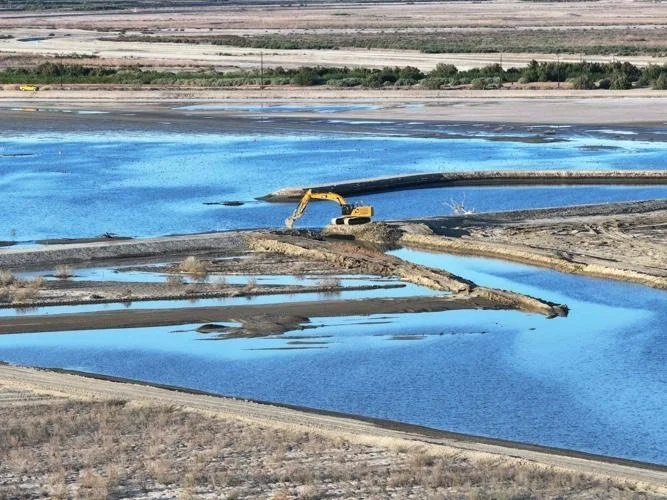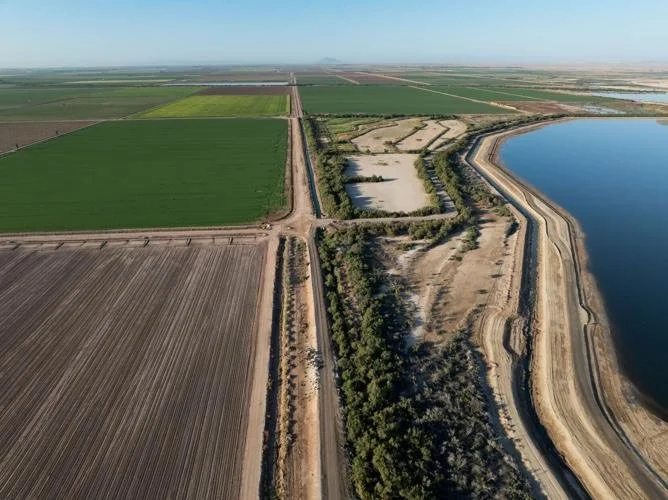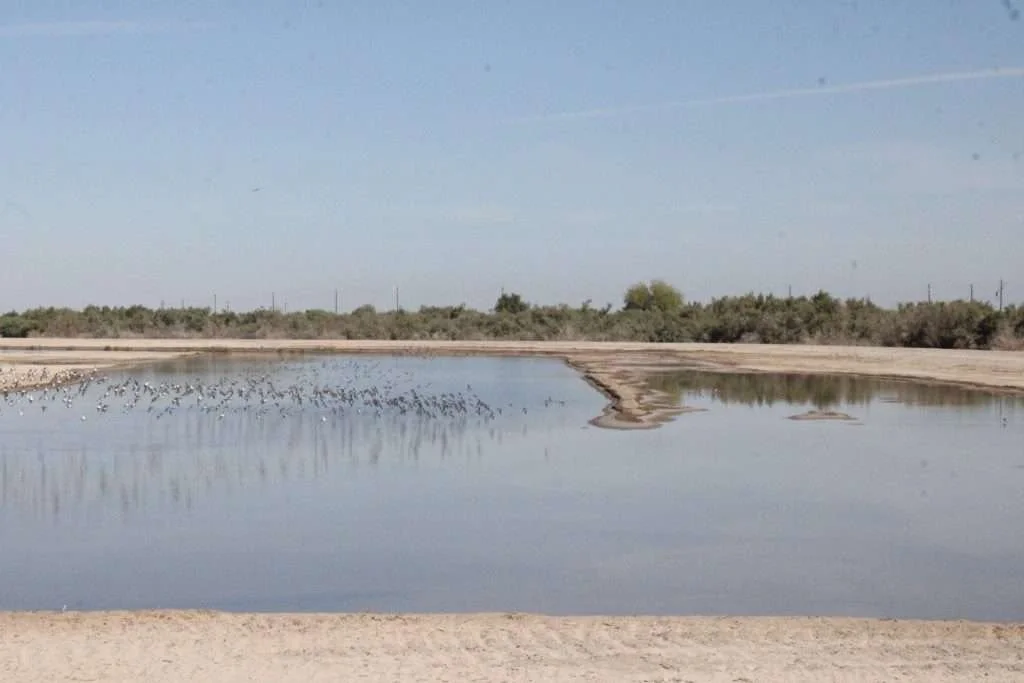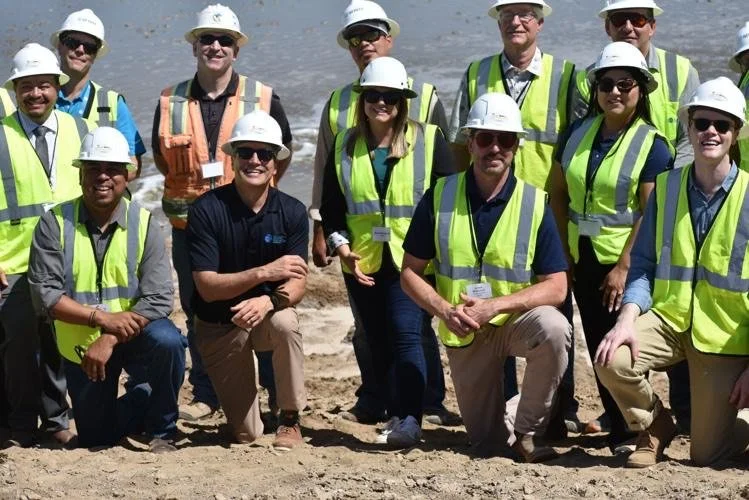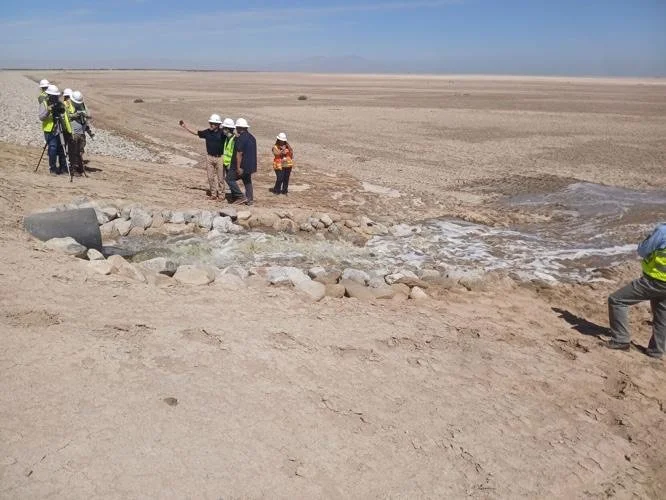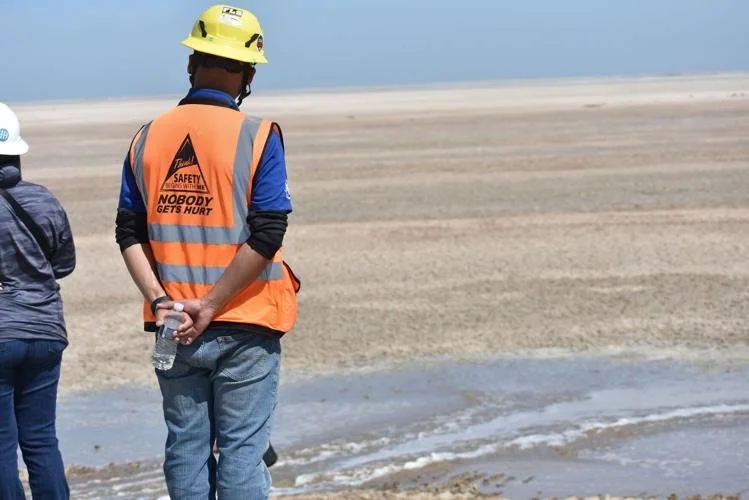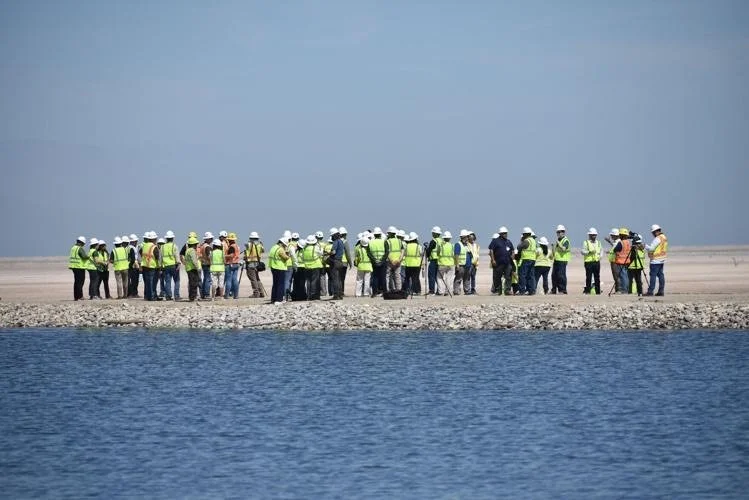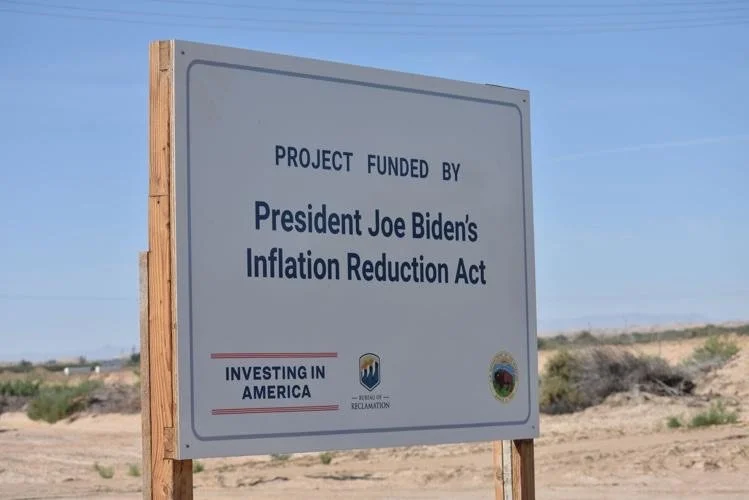California Reaches Major Restoration Milestone as Water Returns to the Salton Sea
SALTON SEA — California Governor Gavin Newsom Thursday declared a breakthrough for the state's efforts to restore the Salton Sea—officially filling up the East Pond Expansion as part of the Species Conservation Habitat (SCH) Project. The move is among the largest restoration actions ever undertaken at the shrinking inland sea, providing critical habitat for fish and birds and improving the air in surrounding communities.
The East Pond Expansion is one of a number of projects within the Salton Sea Management Program (SSMP) aimed at restoring ecological equilibrium and suppressing toxic dust emissions from the exposed lakebed. The Salton Sea, previously California's largest body of water, has seen drastically reduced water levels and increased salinity over the past decades, posing health issues for local residents and wildlife habitats along the Pacific Flyway.
“Today marks a major step in California’s environmental leadership—breathing life into critical ecosystems while creating cleaner air for communities around the Salton Sea,” Governor Newsom said. “Thanks to the support of our local and federal partners, we’re making real the first major restoration project the Salton Sea has ever seen.”
the water used to fill the East Pond Expansion at the Salton Sea comes from a combination of the New River and the Salton Sea itself. This mixture is directed into the newly constructed ponds as part of California’s Species Conservation Habitat (SCH) Project, which aims to restore wetland ecosystems and suppress harmful dust from the exposed lakebed .
The New River, which flows north from Mexico into the Salton Sea, carries a mix of agricultural runoff and wastewater. By blending this inflow with existing Salton Sea water, the project seeks to maintain shallow wetland habitats that support migratory birds and other wildlife while mitigating dust pollution that affects nearby communities .
A Project Years in the Making
At the southern end of the sea, the East Pond Expansion adds approximately 1,000 acres of restored wetland to the initial 1,010-acre East Pond, which began to receive water in early April. With both ponds operational, the restored area is now just over 2,000 acres. The entire SCH Project will consist of more than 9,000 acres when complete.
Originally planned as a 4,100-acre project financed by $200 million in state bonds, the SCH Project was significantly expanded after California purchased $245 million in federal funding. Today's project includes future development of Center and West Ponds, and planning and design are now underway.
This is proof that with strong partnerships and commitment, we can continue to make significant progress that benefits people and wildlife," California Natural Resources Secretary Wade Crowfoot said during the dedication ceremony.
Joe Shea, Assistant Secretary for Salton Sea Policy, acknowledged the long path to this point. “We’re finally ready to put water on the ground, get the acreage flooded up, and learn some lessons about what it means to build large-scale restoration at the Salton Sea for the benefit of this region’s future.”
Public Criticism and Concern
While the project planners and the State of California are concentrating on ecological restoration and dust control, a section of the public is not as optimistic. Some community members argue the project is being driven more by political and economic interests than by genuine environmental concerns. There is growing speculation that the true motive may be to facilitate lithium extraction rather than restore the ecosystem or support wildlife.
Neil Drake in Instagram wrote with suspicion against the motives of the state and stated:
"Don't be fooled. They discovered billions of dollars' worth of lithium deposits under the Salton Sea and want you to believe that they're working on a restoration project."
This is an argument shared with other critics who believe that rehabilitation of the environment may take a back seat to the potential for open-pit lithium mining—a venture that can assure economic benefit as well as environmental risk.
According to an article written by Columbia University entitled "The Paradox of Lithium", the cost the environment takes in extracting lithium is quite steep. The article says:
“To extract one ton of lithium requires about 500,000 liters of water, and can result in the poisoning of reservoirs and related health problems.”
These issues raise questions of water use, long-term viability, and whether or not Imperial Valley communities particularly low-income and tribal communities are going to be equitably served or bear the heavy burden of negative externalities.
Meanwhile Another commenter from San Diego stated “Meanwhile, San Diego's dams are falling apart, water levels are historically low, access to our reservoirs are being cut off for recreation, and my water bill is going through the roof. Pipe that water over here!”
Broad Community Support
The project has garnered broad political, tribal, and community backing. Torres Martinez Desert Cahuilla Indians Chair Joseph Mirelez spoke of the significance of seeing real action after decades of planning. "Now that we have restoration of habitat going on on the south side of the sea, we can start working on how to figure out some recreation habitat for real people to use the Salton Sea," he said.
Assemblyman Jeff Gonzalez (R-CA 36th District) called the project a victory long in the making. "The air is horrible, but this one action that's occurring today is a victory for the community," Gonzalez said in a phone interview to the OC Register, recalling childhood excursions to the sea and wishing it could again be a place for family recreation.
He went on to say, "I have a child with special needs… So to get my son out here and to be able to let him see the Salton Sea—those are the things that I'm looking forward to."
Environmental and Public Health Benefits
Aside from habitat restoration, the SCH Project aims to alleviate the environmental health crisis of airborne dust emanating from the evaporating lakebed, which is a major source of respiratory ailments in the Imperial and Coachella Valleys. State Water Board Chair E. Joaquin Esquivel testified that the project "helps suppress dust while protecting the Pacific Flyway, supporting diverse ecosystems, providing recreational opportunities and enhancing overall quality of life."
Other environmental leaders concurred.
This is an important day for the hundreds of thousands of birds that reside at the Salton Sea and for the surrounding communities who are seeking relief from the unhealthy dust," stated Andrea Jones, interim executive director for Audubon California.
"This should create a sense of fresh hope… that actually it is possible to prevent the impending human health and ecosystem disaster at the Salton Sea," said Joan Taylor, Chair of Sierra Club's CA/NV Desert Committee.
Next Steps
Plans to expand further the SCH Project and construct Center and West Ponds are under way. When completed, the rebuilt landscape will resemble a network of ponds, berms, nesting islands, and artificial water systems to support a sustainable fish and bird population. The authorities declare that this milestone represents the beginning of an extended transformation that promises to introduce new ecological vigor and economic prosperity to the region.
This partnership is light years from where we had trouble," said Secretary Crowfoot, mentioning past disputes among agencies such as the state and the Imperial Irrigation District. He credited bipartisanship and continued communication with the success of the project.
As restoration takes off, officials aim to have the effort not only protect public health and wildlife, but also restore pride and tourism in the region.
"We are excited to register this milestone," Alianza Coachella Valley Executive Director Silvia Paz stated. "This success ensures the Salton Sea Management Program the funding that will help achieve authentic, long-term change."


